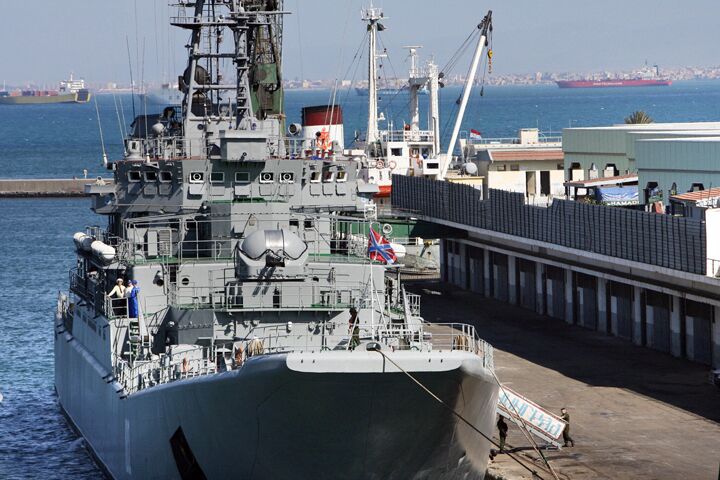
Russian Navy on the Fast Track
The Russian Navy is expanding its hardware and capabilities to levels reminiscent of the Cold War. Thanks to a surplus of cash afforded by high energy commodity prices, Moscow is fast-tracking its fleet and feeding its navy so many rubles that it could reach its ambitious goal of becoming the world’s number-two naval power within a generation.
“We are already building practically as many ships as we did in Soviet times,” Russian First Deputy Prime Minister Sergei Ivanov said. “The problem now is not lack of money, but how to optimize production ….”
On the fleet’s wish list are six aircraft carriers, 40 frigates, a new large-tonnage shipbuilding dock near Severodvinsk, numerous upgrades for its more outdated branches, and a series of Yasen-class multipurpose nuclear attack submarines.
These submarines alone, naval analysts say, will cause a revolution in sub construction around the world, considering the model’s deathly silence underwater and its ability to engage in multiple types of missions, including cat-and-mouse spats with aircraft carriers and sub-to-land missile strikes.
The Russian nuclear armada is reviving, and is looking to sail full speed ahead to imperial-strength capabilities. This time, it seems unlikely that inadequate finances will slow this accelerated growth anytime soon.
“How to optimize production” is a far different problem than Russia had to deal with during the Cold War years. The armed forces consequently suffered shortfalls in available capital for maintenance of existing equipment—let alone ongoing research and development—as did other government departments. Yet military expenditures, fueled by the need to keep up with accelerated Reagan-inspired investments in U.S. military hardware, led to ballooning, unsustainable inventories of increasingly poorer-quality equipment. As military inventories—and expenditures—grew, the nation’s economic stability weakened and faltered, leading to the collapse of the ussr in 1991.
Today, with the shrewd former kgb agent Vladimir Putin at the presidential helm, Russia is overflowing with funds, courtesy of the high prices for its products on the commodities markets, principally oil and gas. With all that cash ($48.04 billion allocated to the navy alone), solving production optimization problems has become simpler. Russia’s solution for optimization? Construct still more shipbuilding facilities and upgrade those that are outdated and too small.
With President Putin’s Cosa Nostra-like death grip on Russia’s “managed democracy,” and his ability to wield energy resources as a powerful weapon, Russia is in the green, and the navy is reviving at a breathtaking pace. Watch for this accelerated military growth to help force the neighboring European Union to equalize the odds by drastically raising its own military investment.
This effort to balance the power between the reviving imperialist Russia and the evolving EU empire is destined to create an enormous global explosion.



